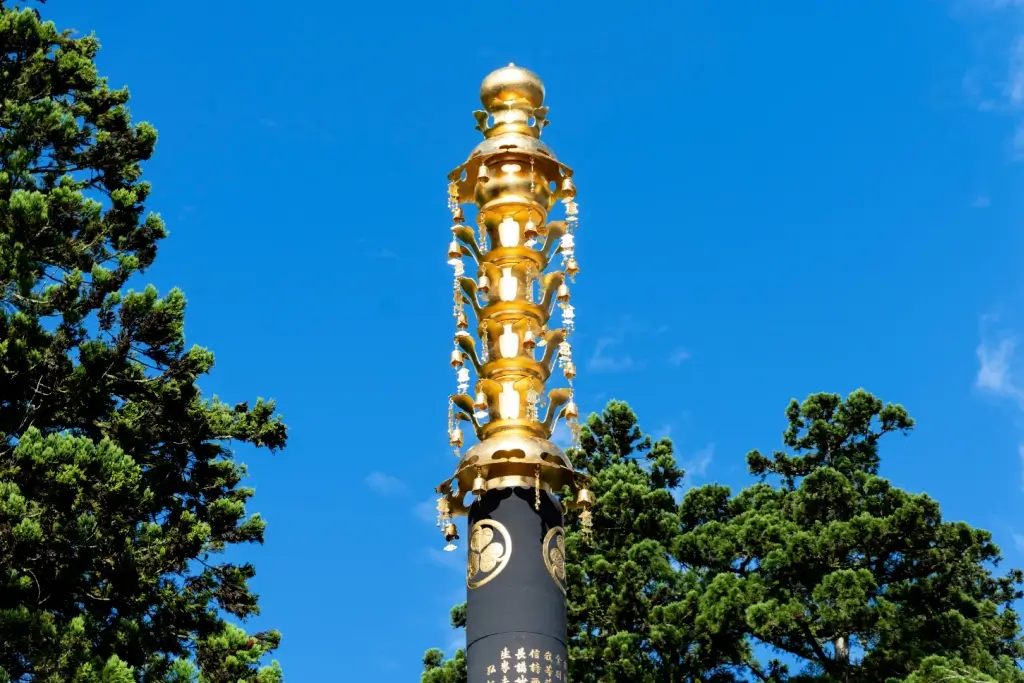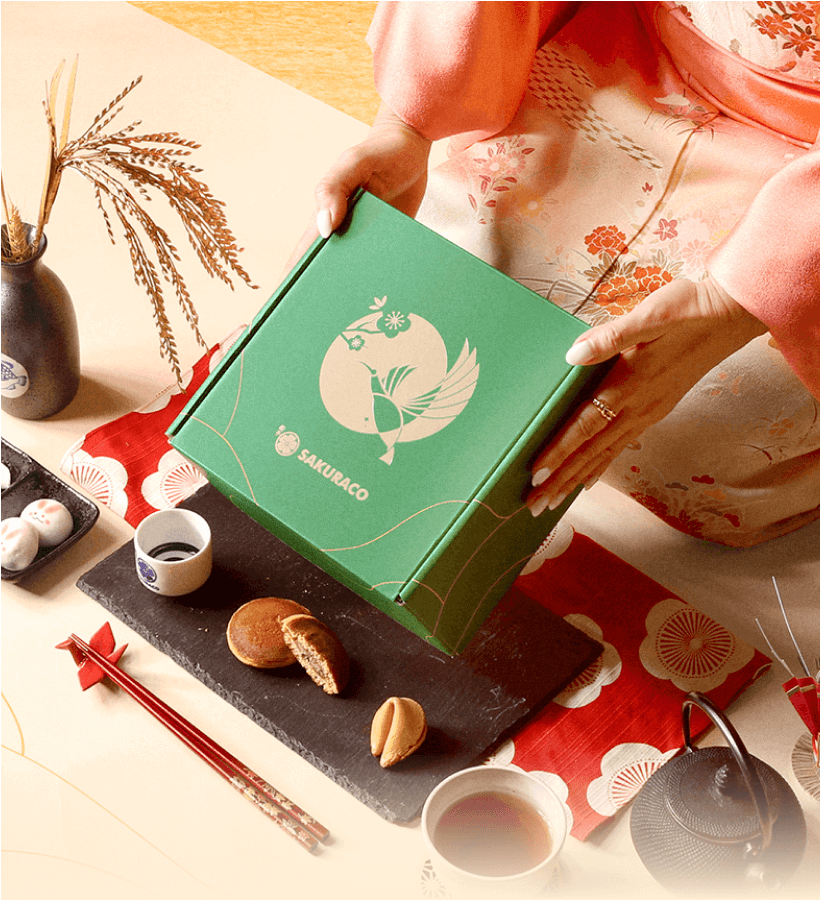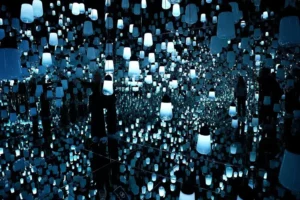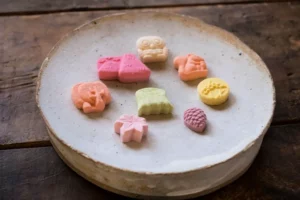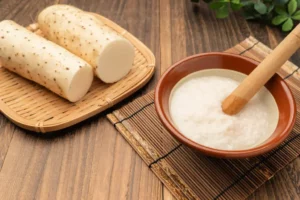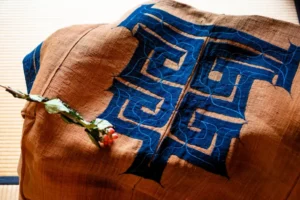Nikko City is a place of history, worship, culture, and charm. It grew from a small village into a mountain resort, attracting Japanese people and travelers from abroad. There remains so much more to uncover about this remarkable location. Let’s begin exploring it together now!
Table of Contents
ToggleWhat kind of city is Nikko?
Nikko is a city in Tochigi Prefecture, surrounded by mountains, forests, and flowing rivers. It has been a sacred place since the eighth century, where monks first built temples for prayer. Later, grand shrines like Toshogu were built, including the resting place of Tokugawa Ieyasu, one of Japan’s most powerful shoguns.
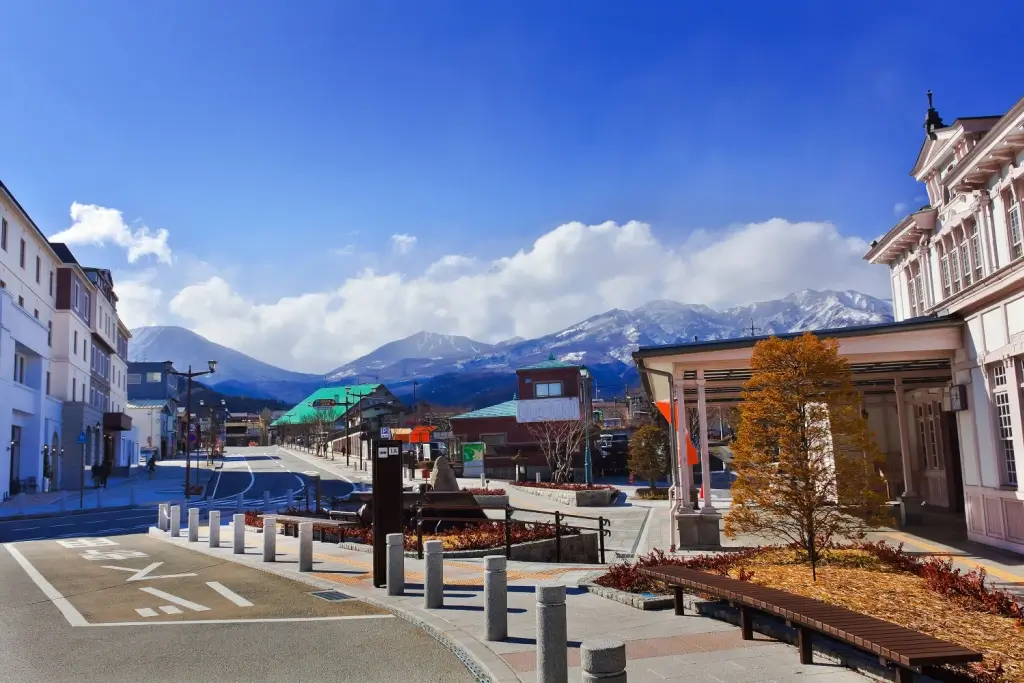
Nowadays, these shrines and temples are part of a UNESCO World Heritage Site, admired for their beauty and history. Nikko City is also loved for its natural wonders. The national park features tall waterfalls, calm lakes, and wild monkeys. Additionally, hot springs welcome visitors who wish to rest, while hiking trails lead through peaceful forests and high mountains.
Toshogu Shrine
Toshogu Shrine is one of Japan’s most dazzling treasures, hidden in the forests. It was constructed in the 1600s to honor Tokugawa Ieyasu. His grandson, Iemitsu, later expanded the shrine into the magnificent complex seen today. With its mix of Shinto and Buddhist designs, Toshogu feels both powerful and graceful. Over fifty buildings are covered in gold leaf, colorful carvings, and detailed woodwork, making the shrine a true masterpiece of Japanese craftsmanship.
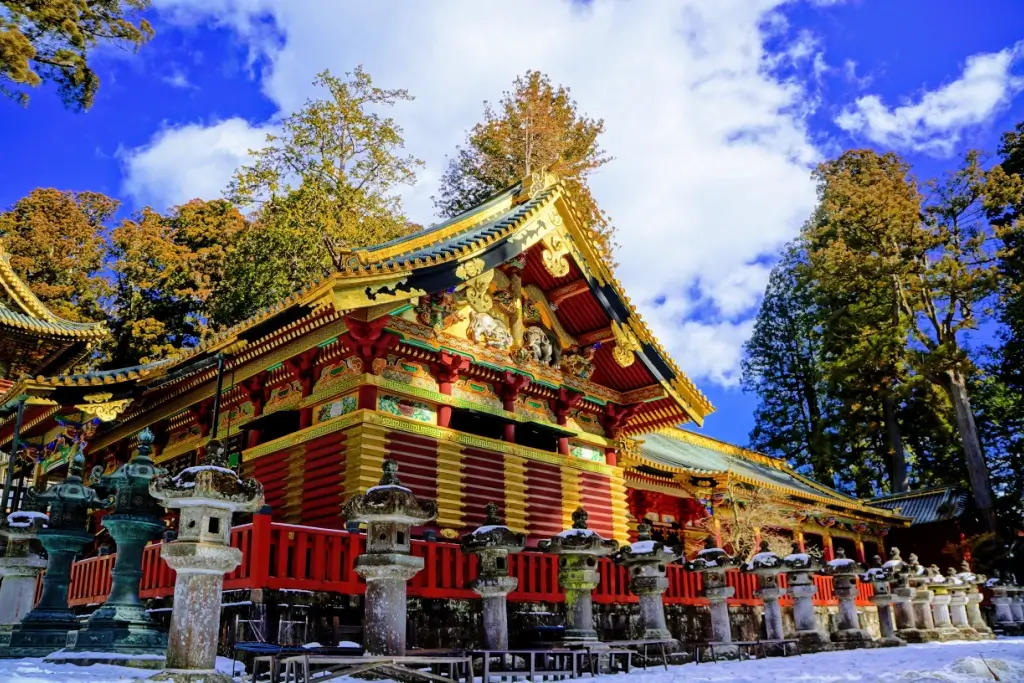
Visitors are welcomed with wonders all along the way. The tall five-story pagoda greets people at the entrance, while the famous Yomeimon Gate shines with over 500 carvings of dragons, people, and mythical animals. Inside, you can find the playful carvings of the Three Wise Monkeys and the Nemurineko (Sleeping Cat). A long stone path through the woods leads to Ieyasu’s quiet mausoleum, creating a peaceful moment after the lively sights.
Kegon Waterfalls
Kegon Waterfall is the most famous of Nikko City’s 48 waterfalls, standing at about 97 meters (318 feet) in Nikko National Park. Its waters come directly from Lake Chuzenji, which was created long ago by the eruption of Mount Nantai. The waterfall crashes into a rocky basin, surrounded by cliffs of lava and forest trees. Around it, twelve smaller streams spill gently through cracks in the rocks, adding to its magical beauty.
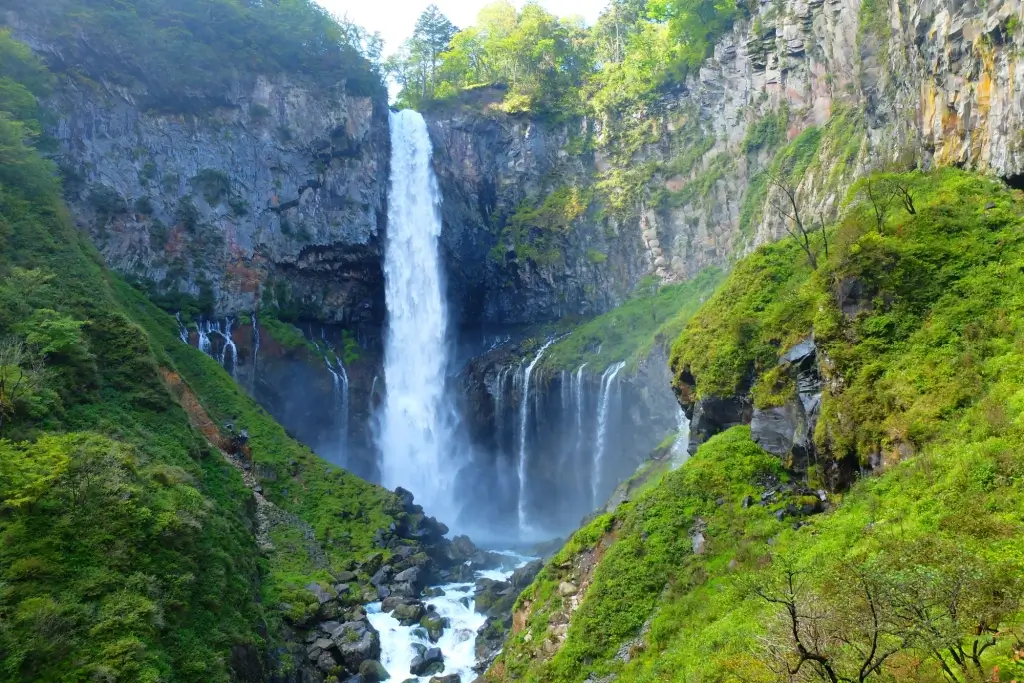
Visitors can enjoy Kegon Falls from different spots. A free platform offers a lovely view from above, and you can also take an elevator nearly 100 meters (328 feet) down. You can feel the waterfall’s roar and mist up close at the paid observatory. The Akechidaira Ropeway also gives a faraway view, where Lake Chuzenji and Kegon Falls can be seen together. Sometimes, on bright days, a rainbow appears in the spray.
Are you looking for amazing snacks from Nikko? Check out Sakuraco! Sakuraco delivers traditional Japanese snacks, teas, and sweets from local Japanese makers directly to your door so you can enjoy the latest treats from Japan!
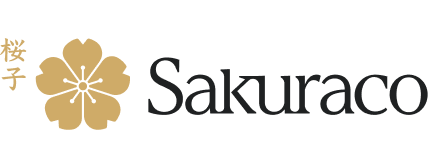
Edo Wonderland Nikko Edomura
This is a cultural theme park set against the beautiful Kinugawa mountains. Opened in 1986, it recreates life in the Edo period (1603-1868). The town is carefully designed with Edo-style houses, samurai residences, and merchant shops. Visitors can also dress in period costumes, transforming into samurai, ninjas, or villagers while walking through the lively town.
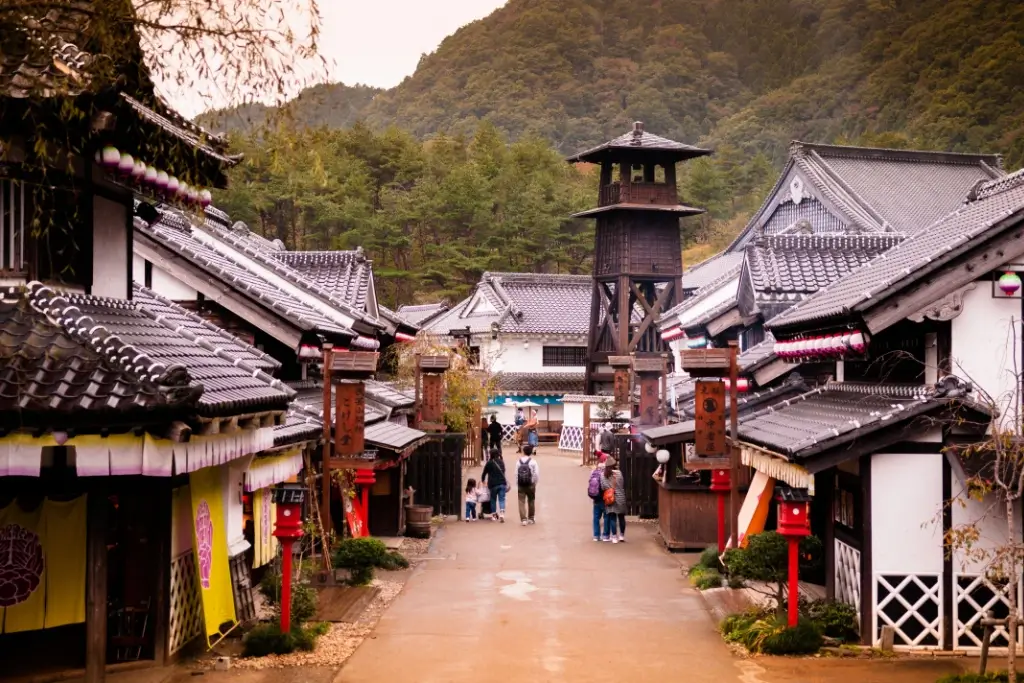
The park offers many activities that mix learning and fun. You can explore the Ninja Trick Maze, where finding the exit is an exciting challenge, or step inside a tilted ninja house that plays tricks on your eyes. Live theaters across the park show sword fights, comedy plays, and water magic, while the Grand Ninja Theater thrills audiences with action-packed battles.
Furthermore, shops and workshops here let you try crafts such as calligraphy, shamisen music, and archery. Edo-style restaurants and tea houses add to the authentic experience. And what makes Edo Wonderland special is how it brings history alive. The staff acts like real Edo townspeople, greeting you with manners and speech from the past. You may meet geisha in a parade, samurai marching proudly, or ninjas showing their skills on rooftops.
Ashio Copper Mine Museum
Ashio Copper Mine Museum is a place where history lives deep underground. Copper was first discovered here in 1610, and the mine soon became one of Japan’s most important sources of metal. By the late 19th century, it produced nearly half of the country’s copper, helping build castles, shrines, and coins. Although the mine closed in 1973, it’s now open as a museum, inviting visitors to explore its long tunnels and fascinating past.
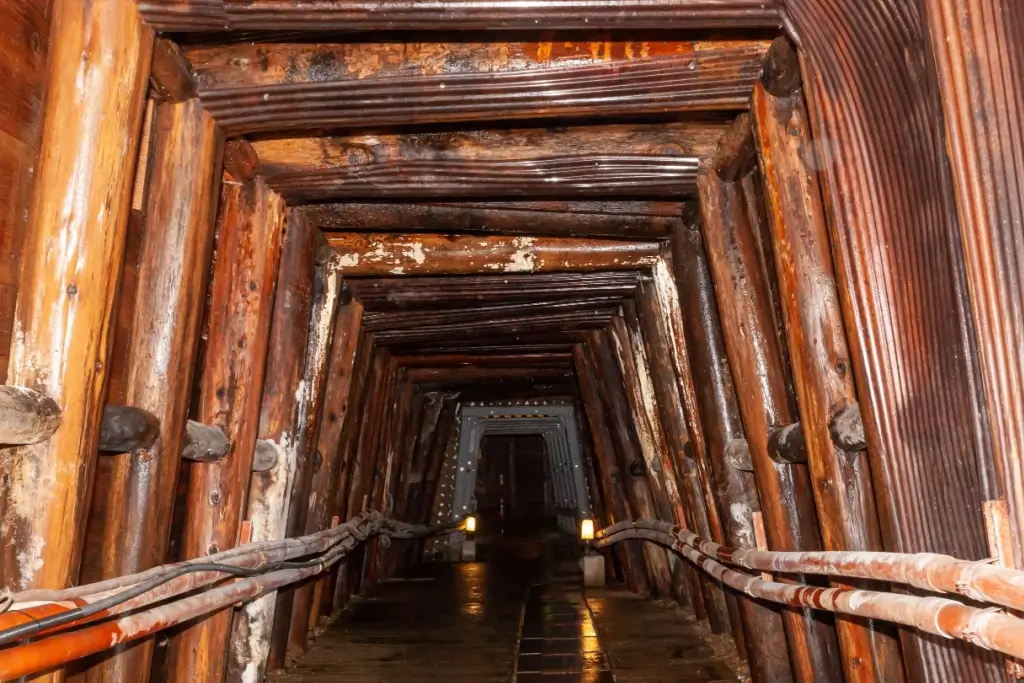
A small trolley carries guests 700 meters (2296 feet) into the dim tunnels once used by hardworking miners. Along the way, life-sized mannequins show how people mined ore centuries ago, reminding us of their complicated lives. The museum also features displays of copper refining, ancient tools, and coins from Ashio copper. You can also explore the Furukawa Ashio History Museum nearby, where documents and exhibitions reveal how the mine shaped Japan’s modernization.
Kanmangafuchi Abyss
Kanmangafuchi Abyss is a quiet gorge, shaped thousands of years ago by Mount Nantai’s eruption. The Daiya River flows gently through it, creating a peaceful path with green trees and soft river sounds. The gorge is only a few hundred meters (roughly 900 feet) deep, but every step offers beauty and calmness.
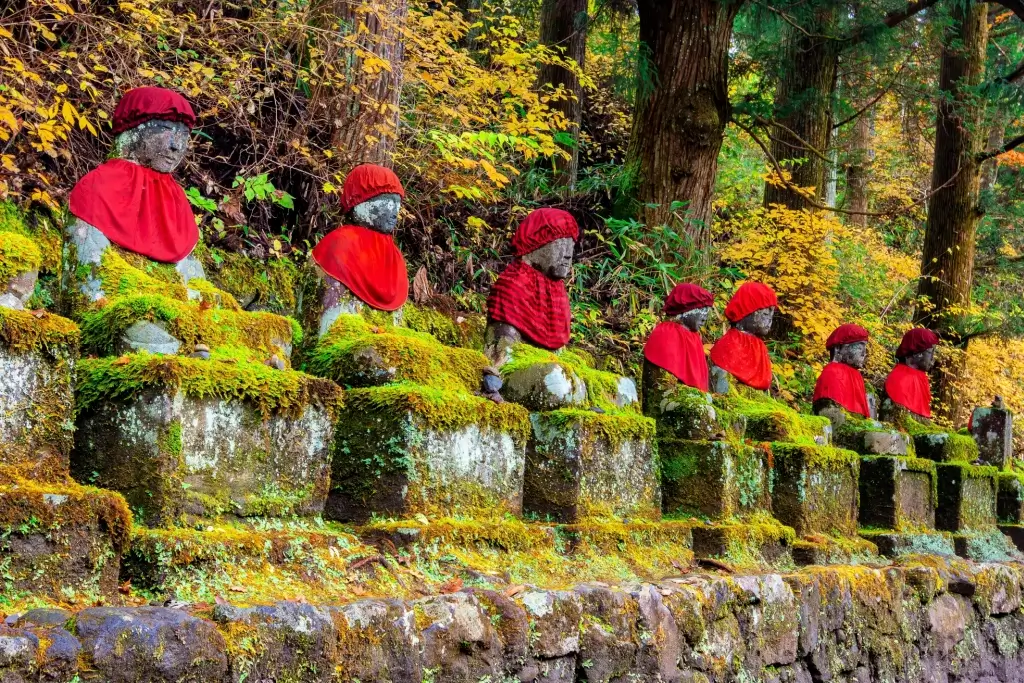
Along the riverside trail stand about seventy Jizo statues, guardians in Buddhist belief who watch over children and travelers. Locals call them Bake Jizo since no one can count the exact number twice; each attempt brings a new total. These statues face the river, their calm expressions adding mystery to the gorge. On the cliffs nearby are ancient carvings said to be made by Kobo Daishi, a famous monk.
Why should I visit these spots in Nikko City?
Nikko City is where history, culture, and nature connect gracefully. Its shrines tell stories of influential leaders, while its waterfalls and rivers remind us of the earth’s timeless beauty. Museums and cultural parks let us touch the past, not only through objects but through living traditions.
Today, it offers traditional crafts, warm hospitality, and a unique blend of nature and architecture. With every visit, this city shares its ancient spirit and living beauty. If you had a chance to visit Nikko City, which part would you like to explore first? Share your thoughts in the comments!

